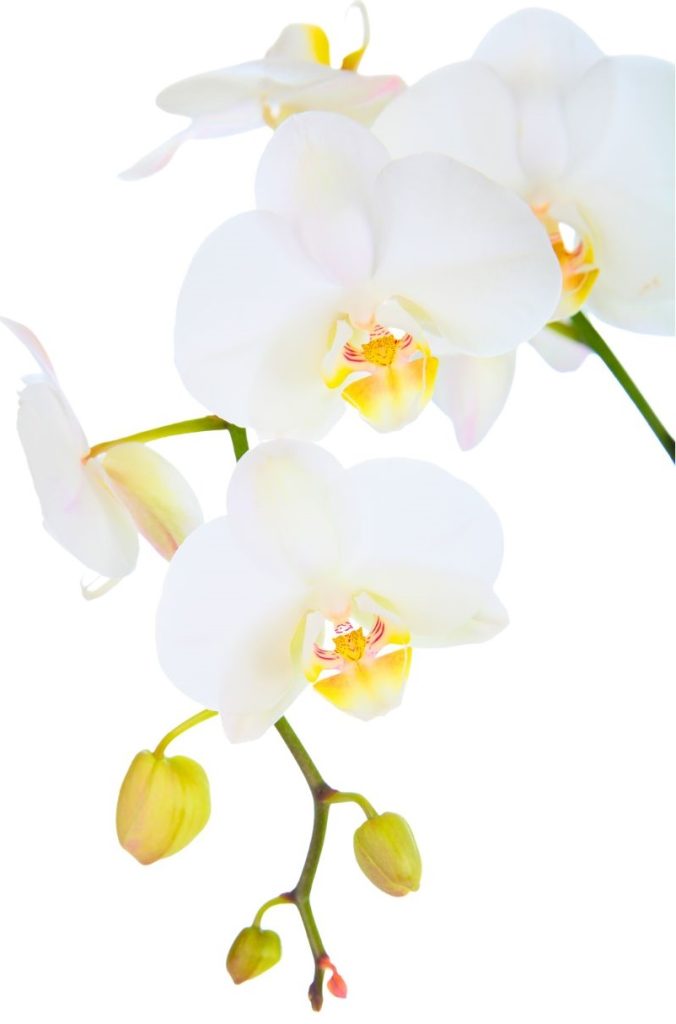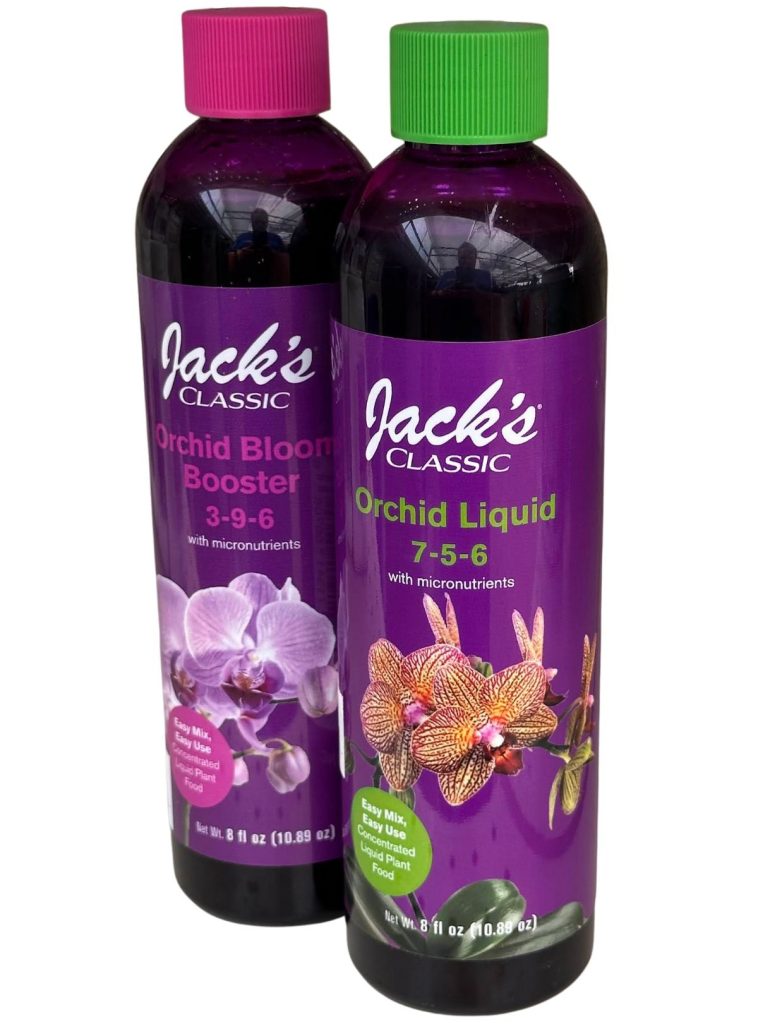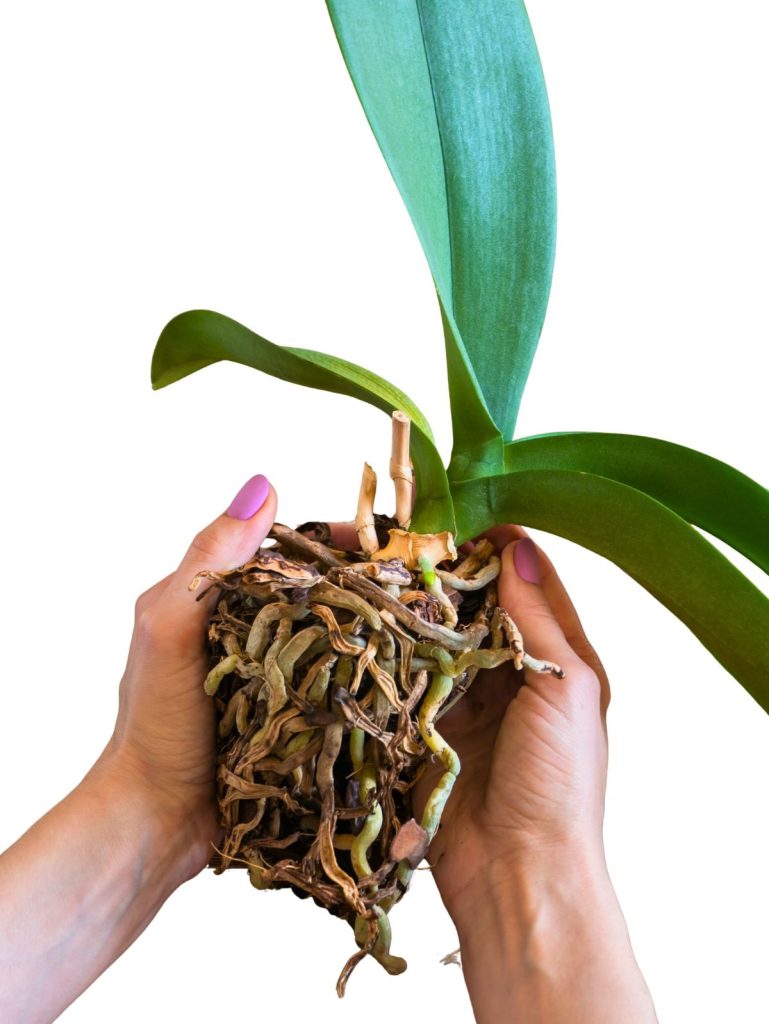
Orchid Care 101
Tips for Thriving Blooms Year After Year
Elegant, exotic, and endlessly rewarding, orchids (especially the popular Phalaenopsis, or moth orchid) can bring months of stunning blooms to your home. With the right care, they can thrive for years and reward you with flowers again and again. Here’s how to keep your orchids healthy and happy — and encourage them to rebloom.
Light & Location
Orchids love bright, indirect light — think east- or south-facing windows where the sun is gentle. Avoid harsh midday rays, which can scorch leaves. Leaves should be a healthy medium green; dark green may mean they need more light, while yellowish leaves can indicate too much.
Watering Wisely
Overwatering is one of the most common mistakes with orchids.
- Water about once a week during active growth and every 10–14 days in cooler months.
- Always water thoroughly, letting excess drain away — never let orchids sit in water.
- Use room-temperature water, ideally rainwater or distilled water for sensitive varieties.
Tip: If the pot feels light and the roots look silvery-white, it’s time to water.
Watering with Ice Cubes — Does It Work?
Some orchid growers recommend placing 3 regular-sized ice cubes on top of the potting media once a week. The melting ice slowly releases water into the mix, preventing overwatering and making it easy to measure.
Pros:
- Simple, beginner-friendly, and reduces the risk of waterlogging
- Convenient for busy plant parents
Cons:
- Sudden cold from the ice may shock roots if your orchid is stressed or in a cool room
- Not ideal for all species — tropical orchids in particular prefer room-temperature water
Recommendation:
If your home is warm and your orchid is healthy, the ice cube method can work just fine for Phalaenopsis orchids. For most other orchids — or if you want to mimic their natural tropical environment — watering with room-temperature water is best.
Feeding for Flowers
A balanced orchid fertilizer, diluted to half strength, will keep your orchid nourished.
- Use Orchid 7-5-6 (higher nitrogen) during vegetative growth to promote excellent leaf and root development.
- When flower spikes appear, switch to Orchid Bloom 3-9-6 (pink cap) to support bud and bloom production.
- After flowering finishes, switch back to 7-5-6 for sustained plant health.
- Always dilute per label directions, apply to pre-moistened media, and flush with plain water monthly to prevent salt build-up.
Reblooming: Patience Pays
Once your orchid’s flowers fade, don’t give up — it’s just resting.
- Cut the flower spike just above the third node (small bump) from the base to encourage a side shoot, or remove the spike entirely to let the plant focus on root and leaf growth.
- Reblooming can take 6–12 months depending on the plant’s health, light, and care.
During this rest period, maintain good light, water, and feeding. Some orchids respond well to a drop in nighttime temperature (about 5°C cooler than daytime) to trigger blooming.
When to Repot
Orchids generally need repotting every 1–2 years or when:
- Roots start circling the pot or spilling over the edge
- The potting mix breaks down and stays soggy longer than usual
- You notice pests or root rot
Use a fresh orchid bark mix and a pot with good drainage. Spring, just after blooming, is the ideal time to repot.
Common Orchid Care Mistakes to Avoid
- Overwatering — roots suffocate and rot in soggy mix
- Using regular potting soil — orchids need airflow around their roots
- Ignoring pests — check leaves and roots for mealybugs or scale
- Too little light — without enough brightness, orchids won’t bloom again
The Reward of Orchid Care
With a little patience and the right conditions, orchids can bloom for months and return year after year with even more beautiful displays. Once you get the hang of their needs, you might just find yourself starting a collection!



